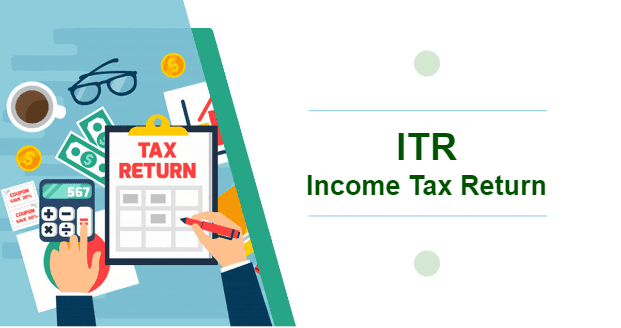Filing your Income Tax Return (ITR) as a trader—whether in stocks, commodities, derivatives, or crypto—requires special attention. Unlike salaried individuals, trading involves complex income classification, audit rules, and compliance with various ITR forms. If you're a trader, here's a step-by-step guide on how to accurately file your ITR for Financial Year 2024–25 (Assessment Year 2025–26).
1. Understand the Nature of Your Trading Activity
Before diving into the filing process, it’s essential to classify your trading activities:
Types of Trading:
-
Intraday Equity Trading – Treated as speculative business income.
-
Delivery-based Equity Trading – Treated as capital gains or business income (based on your intention and frequency).
-
Futures and Options (F&O) – Treated as non-speculative business income.
-
Commodity/Currency Trading – Typically treated as non-speculative business income.
-
Crypto Trading – Taxed under “Income from Other Sources” or Capital Gains, depending on the nature and volume.
2. Choose the Correct ITR Form
ITR-3:
Use this form if you treat your trading income as business income. This is most common for active traders, including those in F&O, intraday, or frequent delivery trades.
ITR-2:
Use this form if your income is only from capital gains, salary, or other sources and you do not have business income.
🔹 Tip: F&O and intraday traders typically go with ITR-3. Long-term investors may use ITR-2.
3. Maintain Proper Books of Accounts
For business income, traders are required to maintain:
-
Trade-wise reports
-
Profit and Loss Statement
-
Balance Sheet
-
Ledger and bank statements
Tools like Zerodha Console, Upstox, Groww, and others offer downloadable trade and P&L reports that are essential for this step.
4. Determine if Tax Audit is Required
A tax audit (u/s 44AB) is mandatory if:
-
Your turnover exceeds ₹1 crore (for general business) or ₹10 crore (if most transactions are digital).
-
You opt for Presumptive Taxation (u/s 44AD) but declare profits lower than 6% of turnover and your total income exceeds ₹2.5 lakh.
-
Your trading business results in a loss and you still want to claim it.
For F&O and intraday traders, turnover is calculated based on absolute profit (total of all positive and negative trades, ignoring signs).
5. Calculate Total Taxable Income
Include:
-
Income from trading (as per the treatment above)
-
Salary or freelancing income (if any)
-
Interest, rental, or other income
-
Deductions under 80C, 80D, etc.
6. Pay Advance Tax (If Applicable)
If your total tax liability exceeds ₹10,000 in a year, you must pay advance tax in four installments:
-
15th June
-
15th September
-
15th December
-
15th March
Missed payments attract interest under Sections 234B and 234C.
7. File ITR Online
Steps to File ITR:
-
Go to the Income Tax e-Filing Portal
-
Login using your PAN
-
Choose “File Income Tax Return”
-
Select FY 2024–25 → ITR-3 → Online or Offline mode
-
Fill in:
-
Personal details
-
Trading income in “Business & Profession”
-
Other income
-
Deductions
-
Bank account details
-
-
Validate & Submit
-
E-verify via Aadhaar OTP, net banking, or EVC
8. Claim Losses (If Any)
If you made losses (speculative or non-speculative), filing within the due date (31st July) is crucial. Only then can you:
-
Carry forward losses up to 8 years
-
Set off against future profits
9. Keep Supporting Documents Handy
Always retain:
-
Contract notes from brokers
-
P&L reports
-
Bank statements
-
Tax payment challans
-
Books of accounts
These may be required in case of a scrutiny notice or audit.
10. Take Professional Help if Needed
If your trading volume is high or you’re unsure about audit thresholds and tax treatment, consult a Chartered Accountant. This ensures compliance and helps optimize your tax liability.
Final Thoughts
Filing ITR as a trader is more nuanced than for a salaried person. The right classification, form selection, and audit decision can significantly impact your tax return and future compliance. With proper records and a methodical approach, you can avoid legal pitfalls and possibly save on taxes.
📝 Pro Tip: Don’t wait till the last minute—gather your reports and start early. The due date for non-audited individuals is 31st July 2025, while audited traders must file by 31st October 2025.

Comments
Post a Comment
We Value Your Feedback!
Thank you for visiting the SMPA Global Consulting blog. We’d love to hear your thoughts, questions, or ideas!